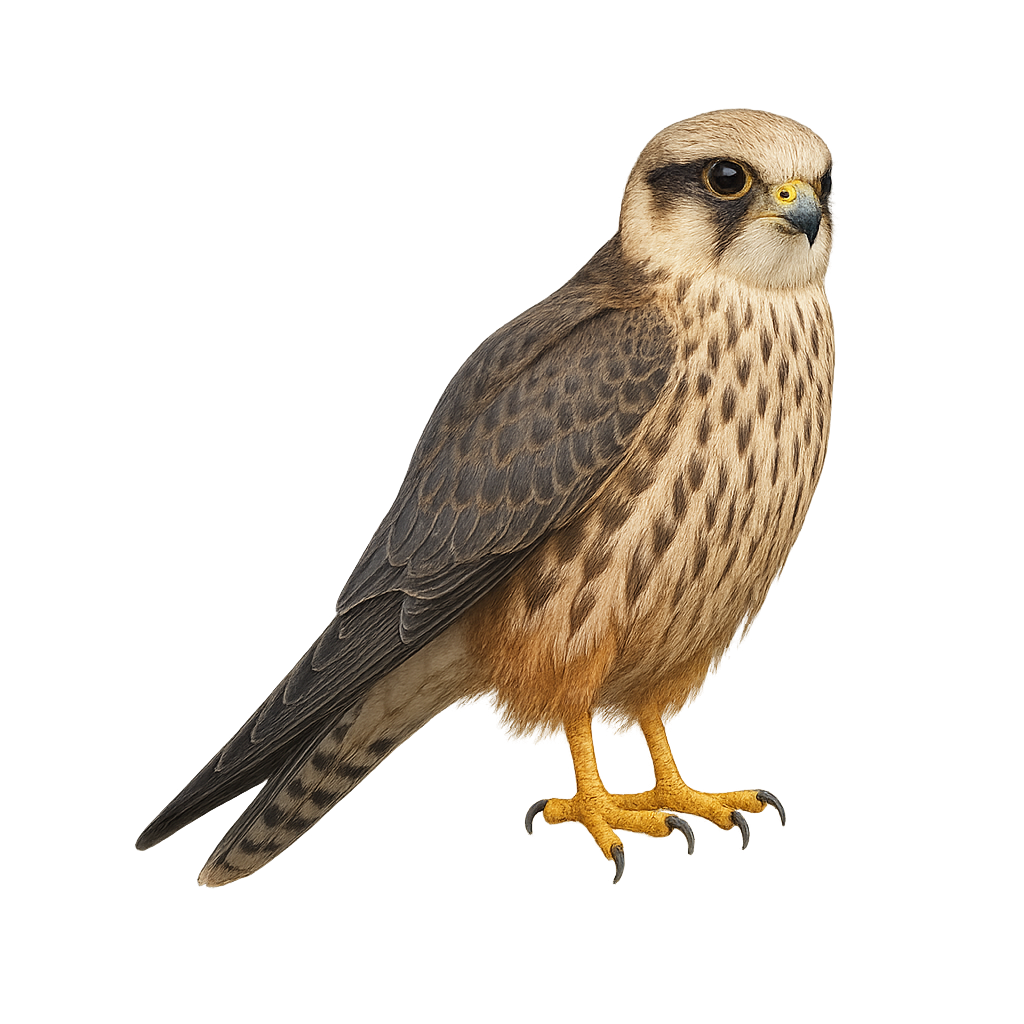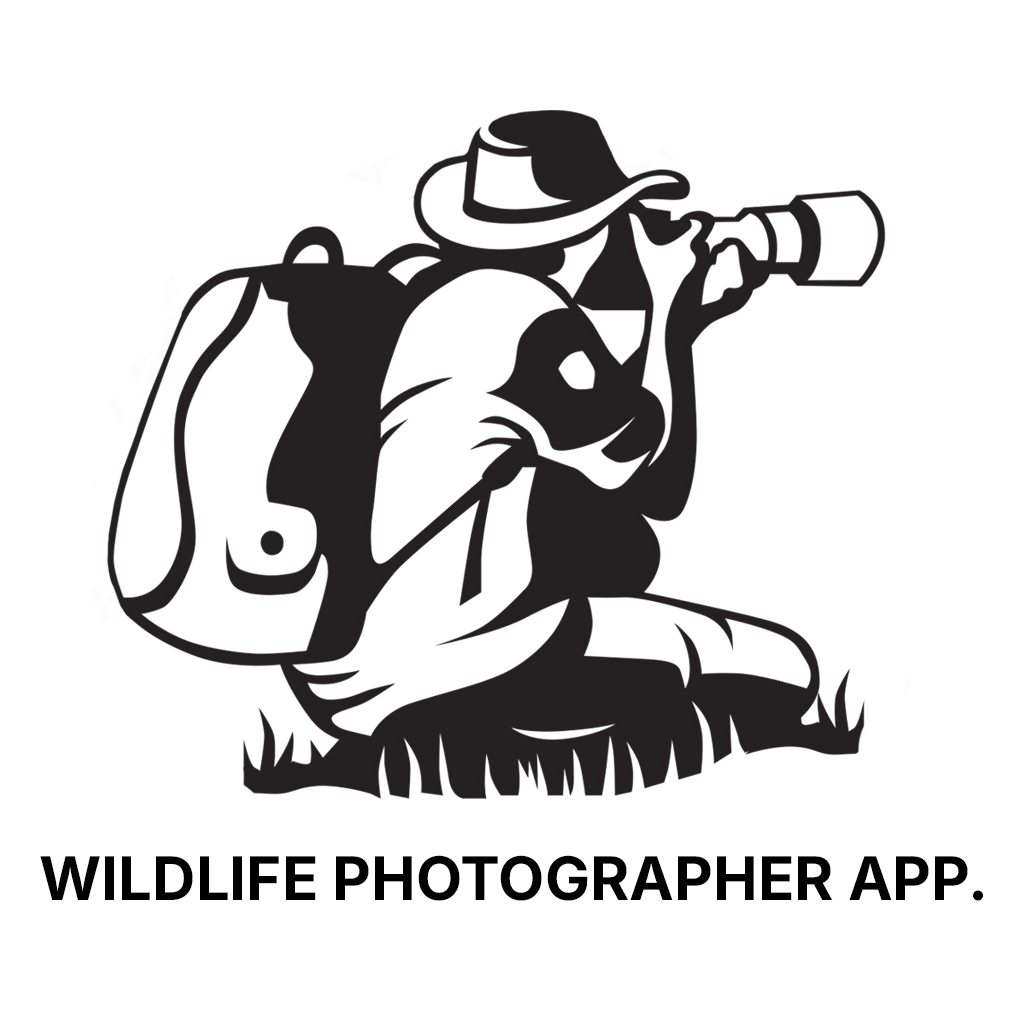Your wildlife photography guide.
Explore the lanner falcon in detail, study its behavior, prepare your shots.
Where to observe and photograph the lanner falcon in the wild
Learn where and when to spot the lanner falcon in the wild, how to identify the species based on distinctive features, and what natural environments it inhabits. The WildlifePhotographer app offers tailored photography tips that reflect the lanner falcon’s behavior, helping you capture better wildlife images. Explore the full species profile for key information including description, habitat, active periods, and approach techniques.
Lanner Falcon
Scientific name: Falco vespertinus

IUCN Status: Least Concern
Family: FALCONIDAE
Group: Birds
Sensitivity to human approach: Shy
Minimum approach distance: 30 m
Courtship display: April to May
Incubation: 24-28 jours
Hatchings: May to June
Habitat:
Open forests and mountains
Activity period :
Primarily active during the day, with peak activity in the morning and late afternoon.
Identification and description:
The Red-footed Falcon is a small raptor, particularly recognizable by its delicate plumage and vivid colors. It measures about 30 to 35 cm in length, with a wingspan of 70 to 80 cm, and weighs between 150 and 200 g. The adult male has a distinctive blue-gray plumage, with pointed wings and a lighter head, while the female is browner and slightly larger. The Red-footed Falcon primarily inhabits open areas such as meadows, agricultural fields, and steppes in Eastern Europe, Asia, and North Africa. It primarily preys on insects, small birds, and sometimes reptiles. This falcon is known for its ability to catch prey in flight, performing fast and precise maneuvers. It is particularly active at dusk and in the evening, hence its name "Red-footed" (referring to its late-day hunting). Although the species is not yet endangered, it is threatened by habitat loss and the decline of its prey populations.
Recommended lens:
300 mm – adjust based on distance, desired framing (portrait or habitat), and approach conditions.
Photography tips:
Use a telephoto lens to photograph from a distance, respecting the agile and shy nature of the species.
Photograph early in the morning or late in the afternoon, when the soft light enhances the dark, contrasting plumage of the red-footed falcon, especially when perched or in flight.
Look for it in open habitats such as wooded steppes, meadows, farmland with scattered trees, forest edges, or wet plains. It often hunts in quick flight, catching flying insects or chasing small ground prey.
Be patient and discreet. The red-footed falcon is sensitive to disturbance, especially during the breeding season when it nests in loose colonies or in old corvid nests.
The Red-footed Falcon is classified as Vulnerable by the IUCN. Habitat degradation, agricultural intensification, and human disturbance are major threats. Respecting its environment and minimizing interference, especially during nesting, is crucial for its protection.
The WildlifePhotographer App is coming soon!
Be the first to explore the best nature spots, track rutting seasons, log your observations, and observe more wildlife.
Already 1 439 wildlife lovers subscribed worldwide

